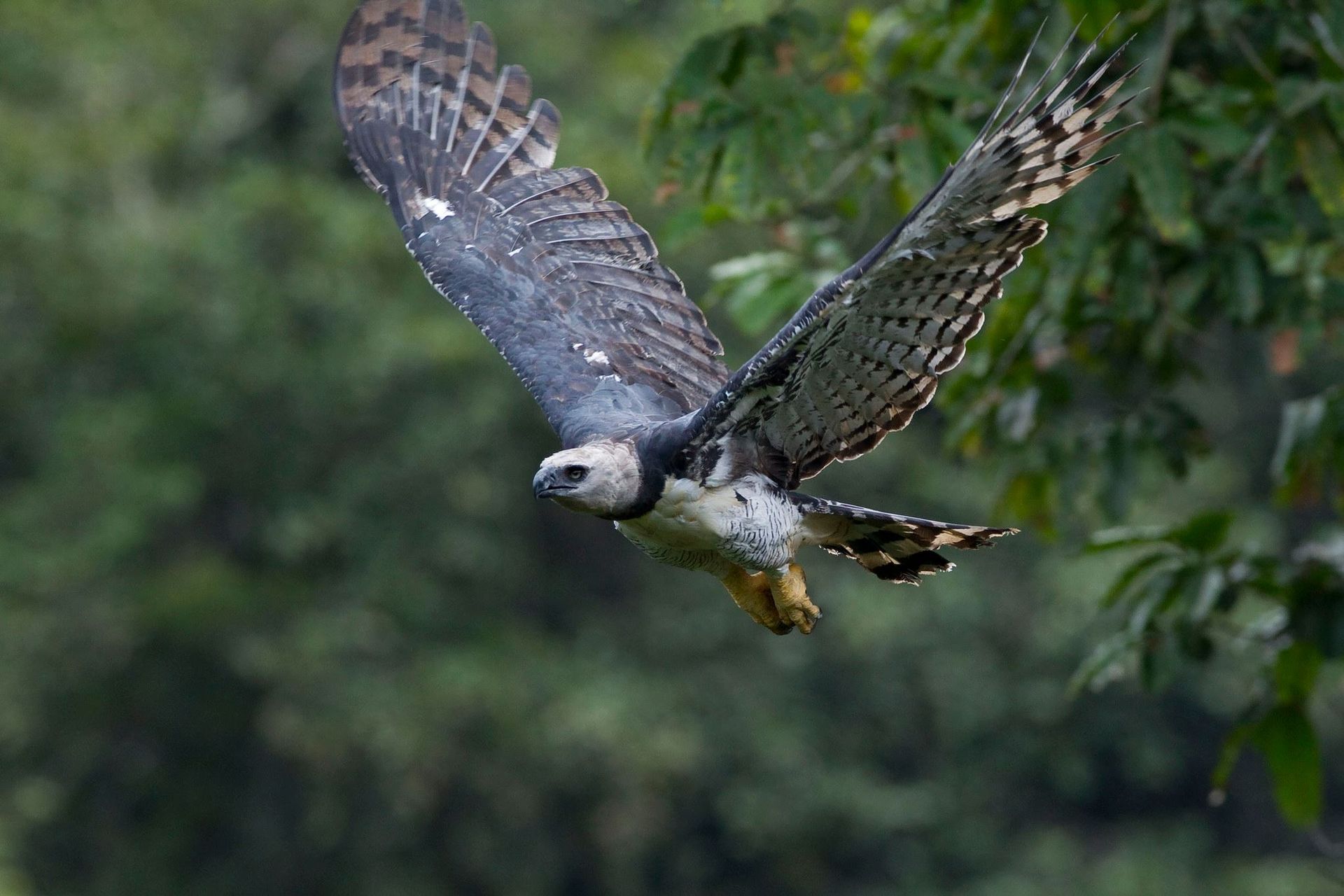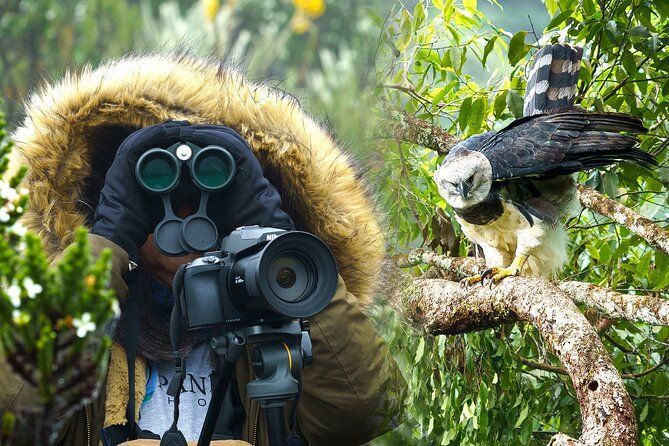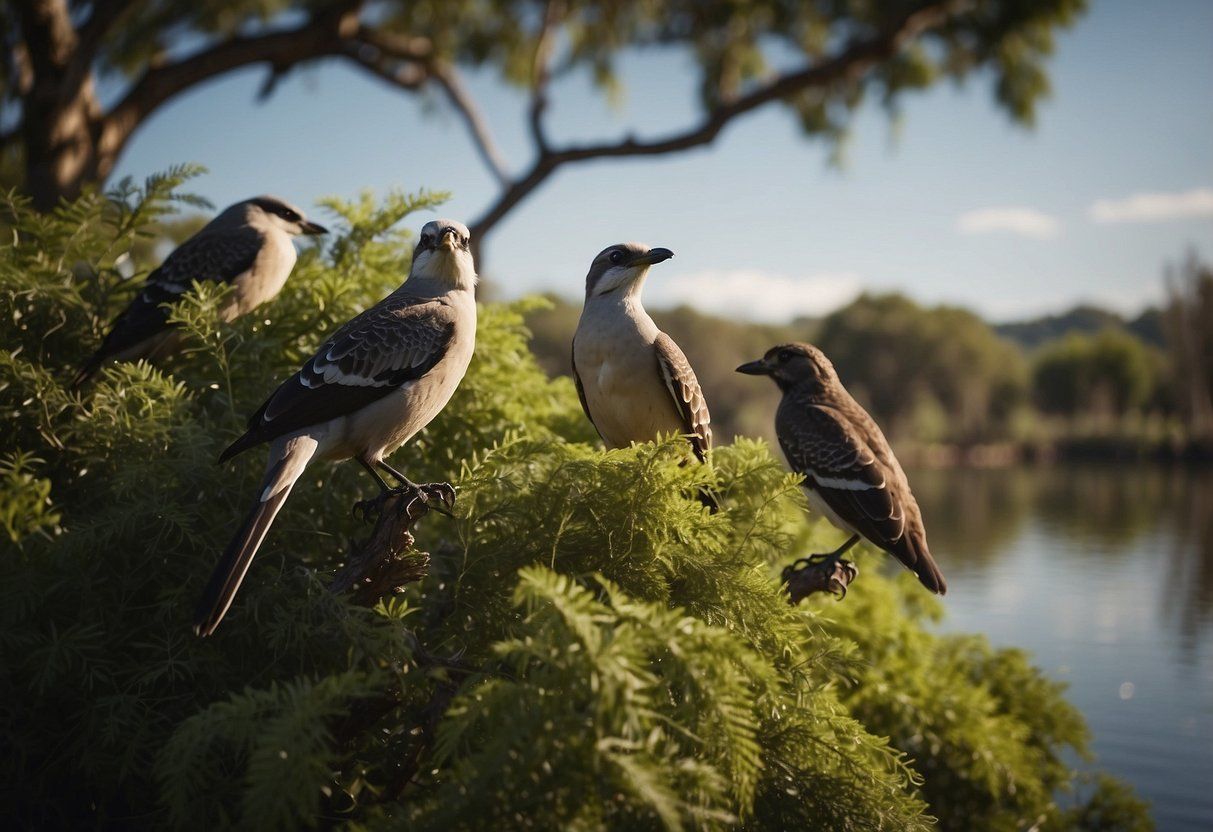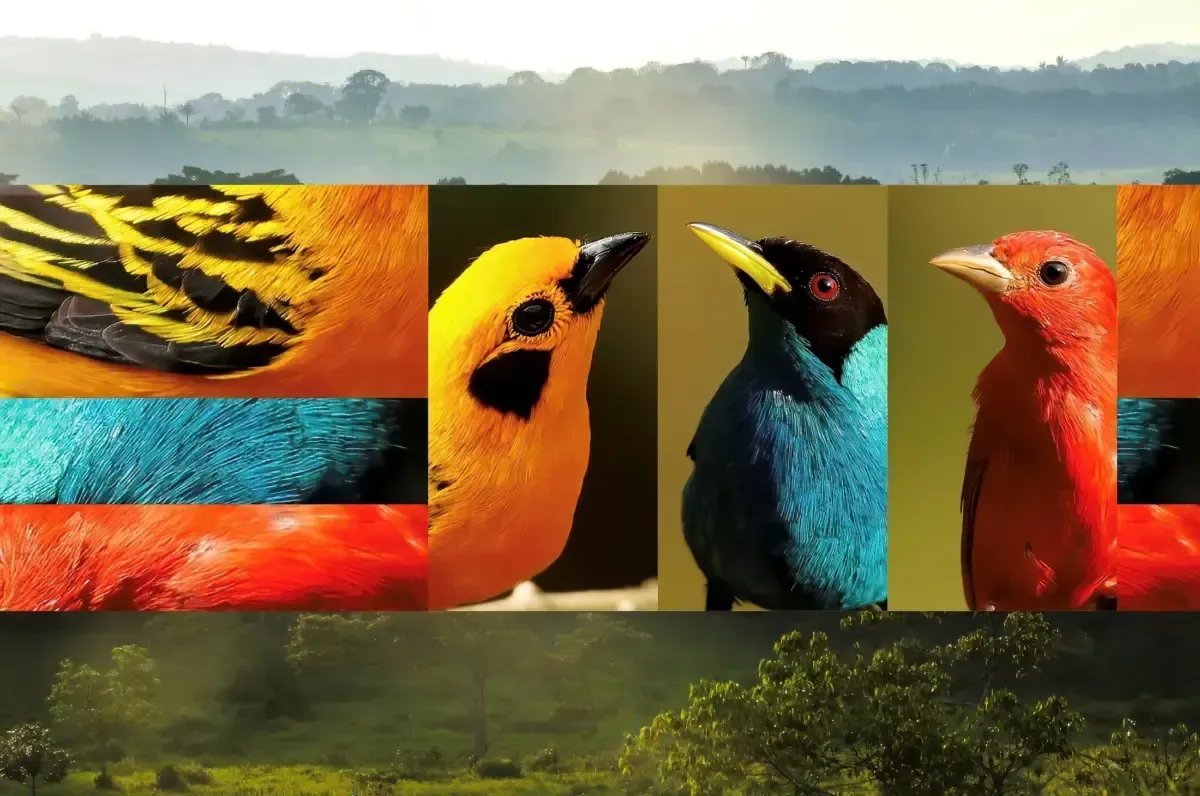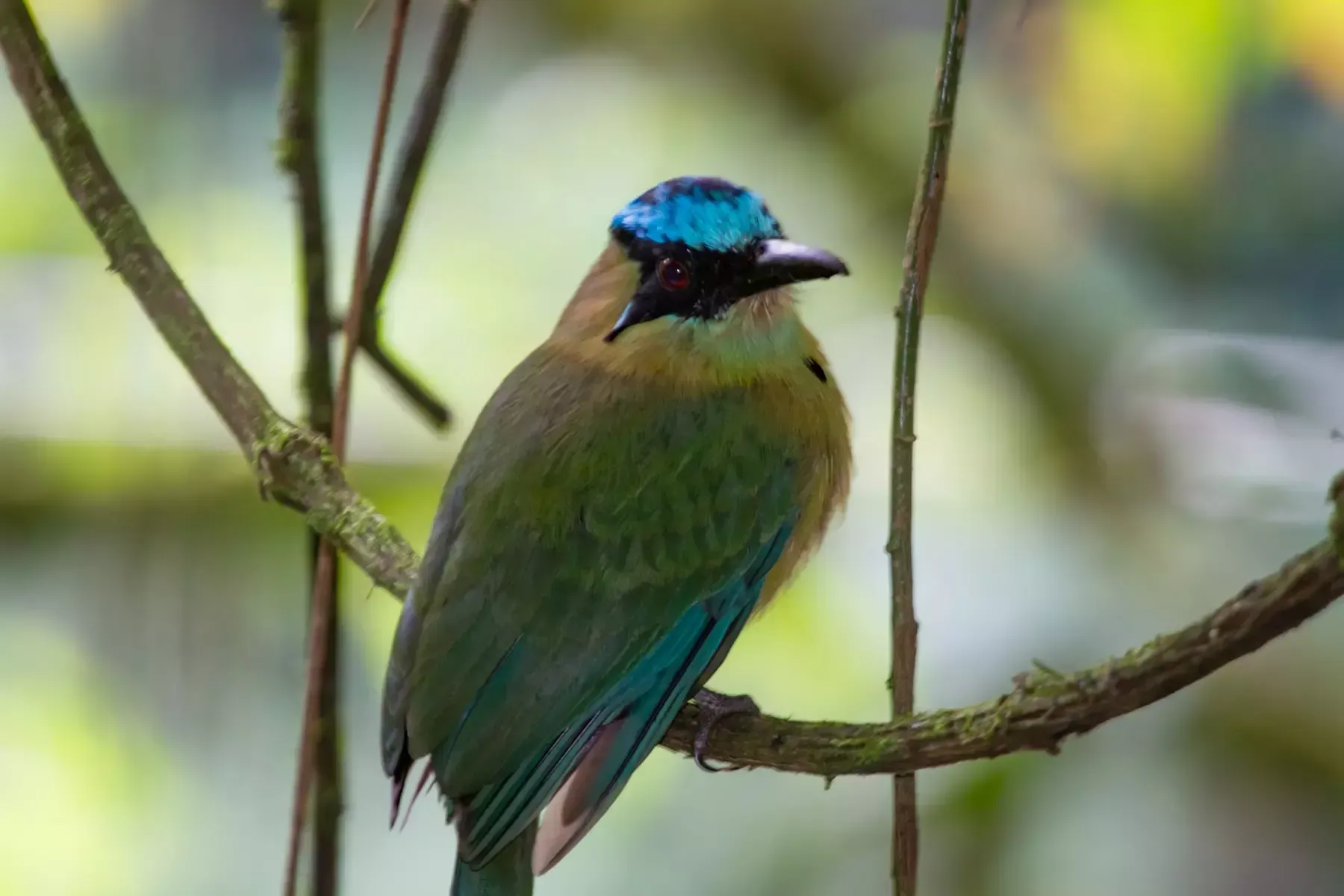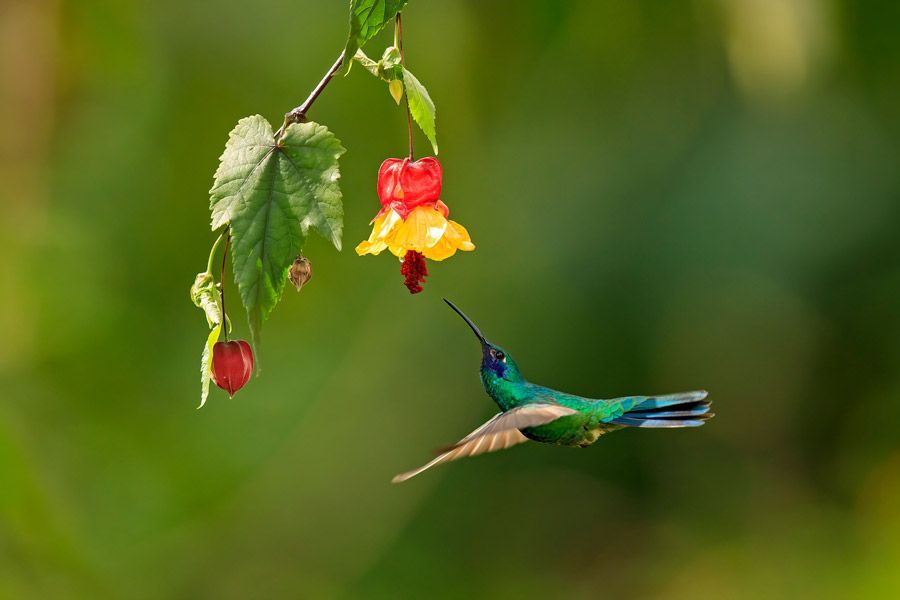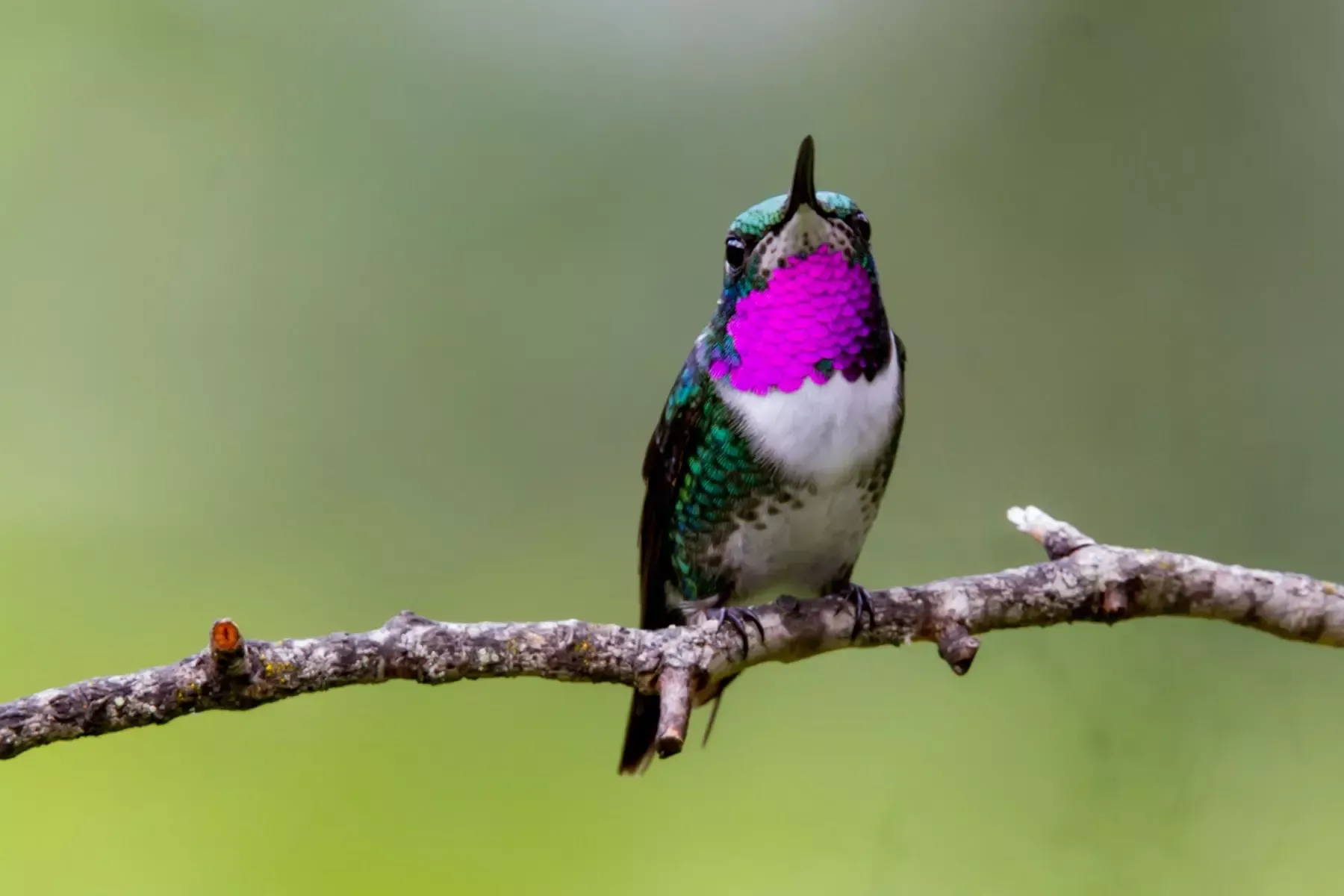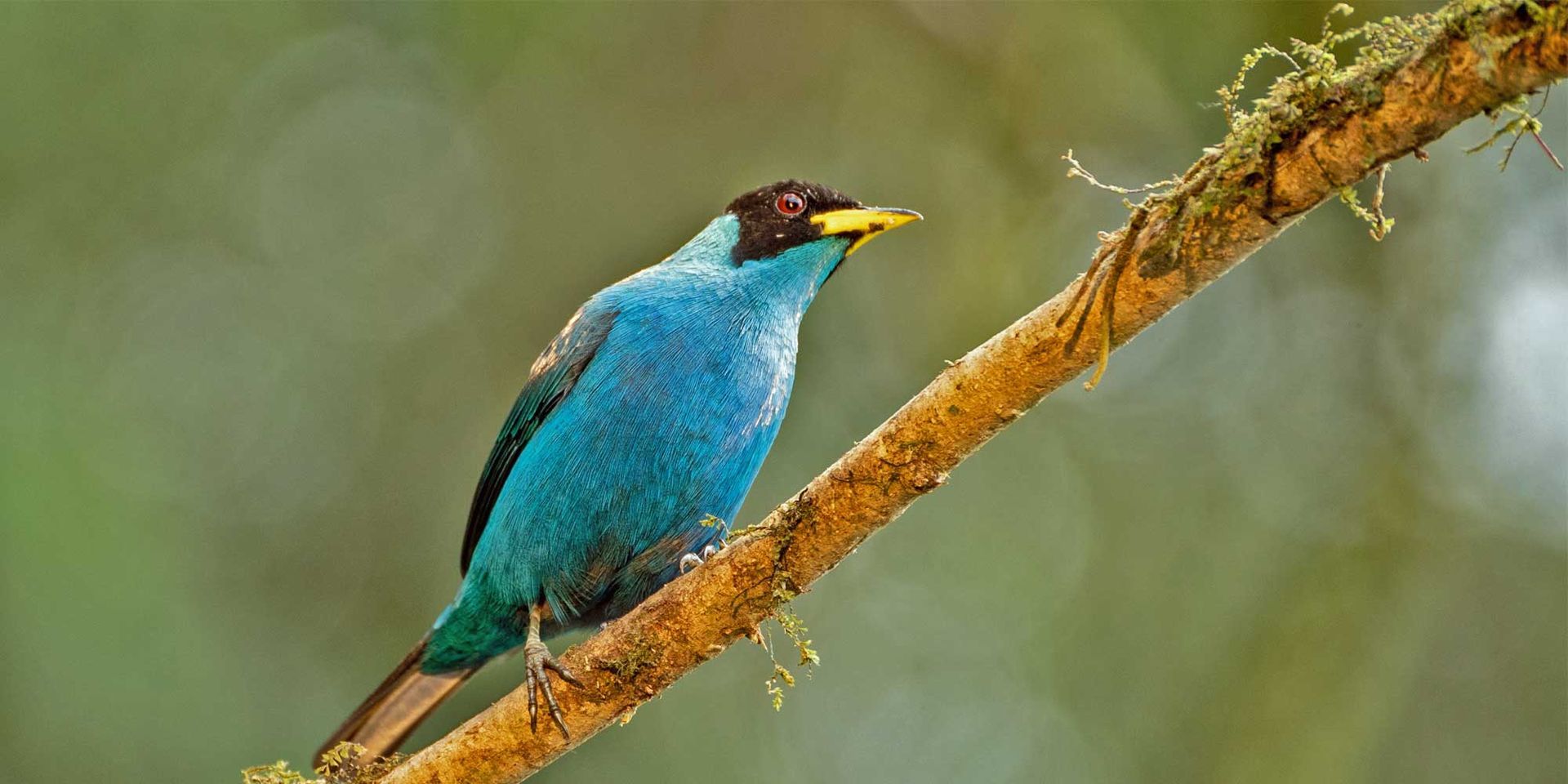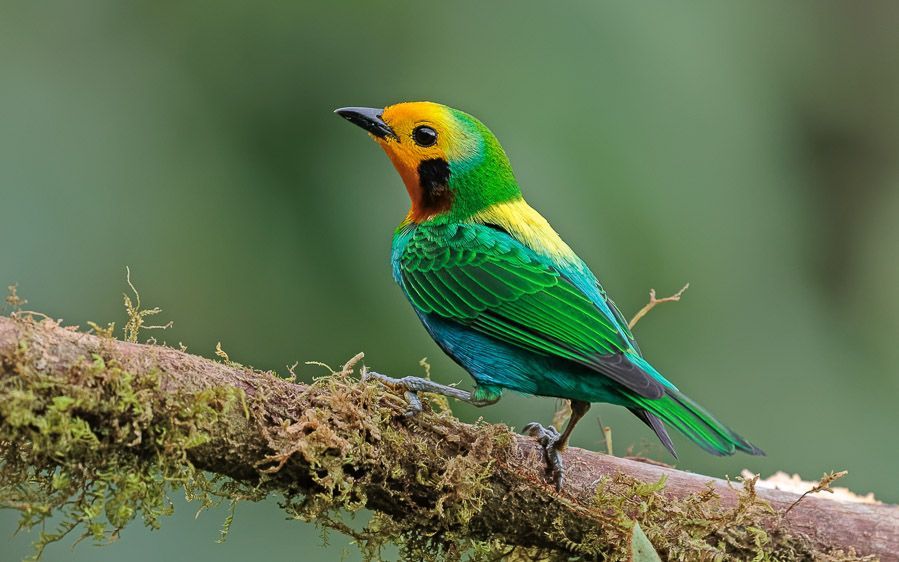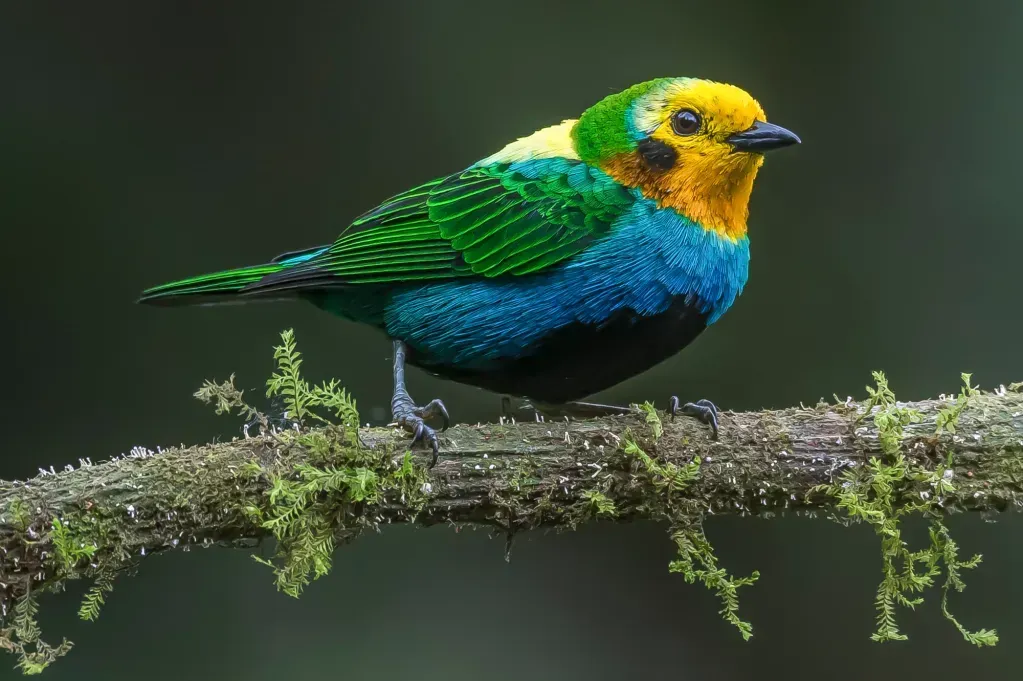Where to Find Rare Birds in the Andes: A Photographer’s Itinerary
Where to Find Rare Birds in the Andes: A Photographer’s Itinerary
Stretching across seven South American countries, the Andes Mountains form one of the most biodiverse regions on the planet. Rising from lush tropical forests to icy alpine peaks, this vast mountain range provides countless ecosystems that nurture thousands of bird species — many found nowhere else on Earth. For bird photographers, the Andes are not just a destination but a pilgrimage. From Colombia’s misty cloud forests to Peru’s sacred valleys and Ecuador’s volcanic slopes, every turn offers a chance to capture something extraordinary.
This guide presents a detailed photographer’s itinerary through the Andes, highlighting the best spots to find rare and endemic birds, what seasons to visit, and how to plan for the most rewarding photography experience.
Why the Andes Are a Bird Photographer’s Paradise
The Andes are home to over 1,700 bird species, including more than 600 endemics. The incredible altitudinal range — from lowland rainforests to páramo grasslands — creates diverse habitats teeming with life. In a single day, you can photograph hummingbirds feeding in orchid gardens, tanagers shimmering under sunlight, and condors gliding over snow-capped peaks.
But what truly makes the Andes a dream for photographers is the variety of photographic environments. Misty mornings in the cloud forests provide soft, diffused light ideal for portraits, while golden evening light in the highlands brings drama to flight shots.
Whether you’re using a DSLR with a 600mm lens or a mirrorless setup with a lightweight telephoto, the Andes offer endless opportunities for creative compositions and unforgettable encounters.
1. Colombia: The Northern Gateway to the Andes
Colombia, often called the birding capital of the world, is the perfect place to begin your Andean bird photography adventure. The country’s three Andean ranges — the Western, Central, and Eastern Cordilleras — host an astonishing variety of birds.
Santa Marta Mountains – The World’s Most Endemic Hotspot
Located on Colombia’s Caribbean coast, the
Sierra Nevada de Santa Marta rises abruptly from the sea, forming an isolated ecosystem with over
20 endemic bird species.
Key species to photograph include:
- Santa Marta Parakeet
- Santa Marta Brushfinch
- White-tipped Quetzal
- Santa Marta Mountain Tanager
Best time to visit: December to March, when skies are clear and bird activity peaks.
Photographers can capture early-morning shots of hummingbirds at feeders and trek through the San Lorenzo Ridge trails for high-elevation endemics.
Risaralda and Caldas – The Coffee Region Cloud Forests
Further south, the Coffee Triangle (Manizales, Pereira, and Armenia) is a paradise for tanagers and antpittas. The lush cloud forests of Otún Quimbaya, Termales del Ruiz, and Rio Blanco Reserve offer easy access to rare birds.
Top species include:
- Chestnut-naped Antpitta
- Buffy Helmetcrest (high-altitude hummingbird)
- Golden-plumed Parakeet
- Black-billed Mountain Toucan
These areas also provide cozy eco-lodges and bird feeders perfectly designed for photographers.
2. Ecuador: Small Country, Big Birding Opportunities
Despite its compact size, Ecuador is a biodiversity powerhouse, offering short travel distances between ecosystems. Within a few hours, you can move from Andean highlands to Amazonian foothills, encountering hundreds of bird species along the way.
Mindo Cloud Forest
Mindo, just two hours from Quito, is a world-renowned birding destination and a photographer’s dream.
Top species:
- Booted Racket-tail Hummingbird
- Toucan Barbet
- Andean Cock-of-the-Rock
- Crimson-rumped Toucanet
The region’s hummingbird lodges — such as Bellavista and Sachatamia — provide controlled lighting setups and natural perches for perfect shots.
Papallacta Pass and Antisana Reserve
These high-altitude locations, just east of Quito, are prime areas to photograph
Andean Condors,
Carunculated Caracaras, and
Ecuadorian Hillstars.
At sunrise, the light over the páramo landscapes creates striking contrasts against the snow-dusted volcanoes — perfect for dramatic flight shots.
3. Peru: Sacred Valleys and Andean Cock-of-the-Rock
Peru’s Andean regions combine ancient Incan heritage with breathtaking biodiversity. For bird photographers, the highlands offer some of the most iconic species and landscapes in South America.
Manu Road – The Ultimate Birding Route
Running from Cusco down into the Amazon basin, Manu Road is considered one of the best birding routes in the world. Over 1,000 bird species can be seen along this single road.
Must-photograph species:
- Andean Cock-of-the-Rock (Peru’s national bird)
- Amazonian Umbrellabird
- Masked Trogon
- Paradise Tanager
At Cock-of-the-Rock lodges, photographers can capture the male’s bright red plumage during its early-morning mating display — a highlight of any trip.
Abra Patricia and Northern Peru
This lesser-known region offers opportunities to photograph endemic antpittas, mountain-toucans, and the Marvelous Spatuletail — one of the most beautiful hummingbirds in existence.
The area’s eco-lodges cater to serious photographers with elevated hides and natural light setups.
4. Bolivia: Remote and Rewarding
For those seeking off-the-beaten-path adventures, Bolivia’s Andes are filled with photographic treasures. Though less developed for tourism, the rewards are immense for those willing to explore.
Amboró National Park
Located near Santa Cruz, this park contains both Andean foothill and Amazonian habitats. Photographers can capture species like:
- Crested Oropendola
- Blue-throated Macaw
- Dusky-legged Guan
Further south, in the Titicaca region, photographers can seek the Titicaca Grebe, one of the rarest aquatic birds in the Andes.
5. Chile and Argentina: Southern Andes Majesty
In the southern reaches of the Andes, Patagonia unfolds as a rugged, windswept wonderland. While the number of species decreases with latitude, the dramatic scenery and charismatic birds make it a must-visit for landscape and wildlife photographers.
Torres del Paine (Chile)
Here, the
Andean Condor reigns supreme. Watching these majestic birds soar over granite peaks is a breathtaking experience.
Other notable species include:
- Magellanic Woodpecker
- Black-chested Buzzard-Eagle
- Chilean Flamingo
Northwestern Argentina
The provinces of Jujuy and Salta host spectacular high-altitude birding with species such as the Horned Coot, Red-tailed Comet, and Andean Hillstar.
The golden hues of the dry puna grasslands contrast beautifully with the birds’ vivid plumage, offering a distinct palette for creative compositions.
What to Pack for an Andean Bird Photography Tour
Success in Andean bird photography requires preparation — both technically and physically.
Camera Gear Essentials:
- DSLR or mirrorless camera with fast autofocus and good ISO performance.
- Telephoto lens (400mm or longer) for distant subjects.
- Wide-angle lens for capturing birds within scenic landscapes.
- Lightweight tripod or monopod for stability.
- Rain protection and silica gel packs for humid cloud forests.
Other Essentials:
- Layered clothing for changing temperatures.
- Sturdy hiking boots for steep or muddy trails.
- Reusable water bottle and snacks for long sessions.
- Extra batteries and memory cards — power may be limited in remote lodges.
Best Seasons for Bird Photography in the Andes
While the Andes can be visited year-round, the dry season (May to October) generally offers clearer skies and more predictable conditions. However, the wet season (November to April) can bring more bird activity, especially during breeding times when males display their brightest plumage.
In cloud forests, overcast days often produce the best diffused light for photographing color-rich species like tanagers and hummingbirds.
Tips for Successful Bird Photography in the Andes
- Start Early: Birds are most active just after sunrise when lighting is soft and golden.
- Learn Bird Calls: Recognizing songs helps anticipate movements and locate species quickly.
- Be Patient: Some of the rarest birds require hours of quiet waiting.
- Use Continuous Shooting Mode: Capture action sequences during feeding or flight.
- Respect Nature: Never disturb nests or playback calls excessively. Ethical photography ensures the wellbeing of the birds and their habitats.
Sample 10-Day Andean Bird Photography Itinerary
Day 1-2: Arrive in Bogotá (Colombia). Travel to the Coffee Region for cloud forest photography at Rio Blanco Reserve.
Day 3-4: Explore high-altitude páramo near Los Nevados National Park; photograph Buffy Helmetcrests.
Day 5-6: Fly to Quito (Ecuador). Visit Mindo Cloud Forest for hummingbirds and tanagers.
Day 7-8: Drive to Papallacta and Antisana for condors and hillstars.
Day 9-10: End in Cusco, Peru, and descend Manu Road for Andean Cock-of-the-Rock photography.
This route covers a spectacular range of ecosystems, maximizing opportunities to photograph both tropical and alpine species.
The Andean Spirit: More Than Just Photography
Beyond the incredible wildlife, photographing in the Andes is a journey into culture, tradition, and nature’s grandeur. Local communities often welcome photographers into their lodges, offering home-cooked meals and sharing stories of their land’s connection to birds.
For many photographers, this journey becomes about more than capturing an image — it’s about preserving the story of these birds and their fragile habitats.
Final Thoughts
The Andes are a living gallery of color, sound, and light. From Colombia’s misty ridges to Chile’s towering peaks, the diversity of birdlife here is unparalleled. Whether your goal is to photograph rare endemics like the Santa Marta Parakeet or majestic icons like the Andean Condor, every moment in these mountains feels like a revelation.
For bird photographers, the Andes represent the ultimate adventure — where art meets science, patience meets wonder, and every click of the shutter captures the heartbeat of one of Earth’s most extraordinary regions.
If your passion lies in discovering the rare and the beautiful, the Andes await your lens.


